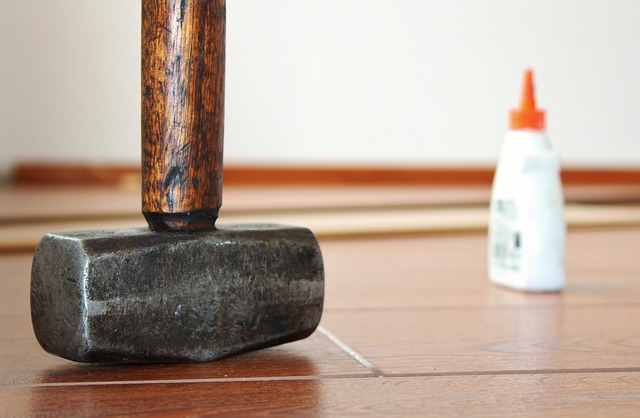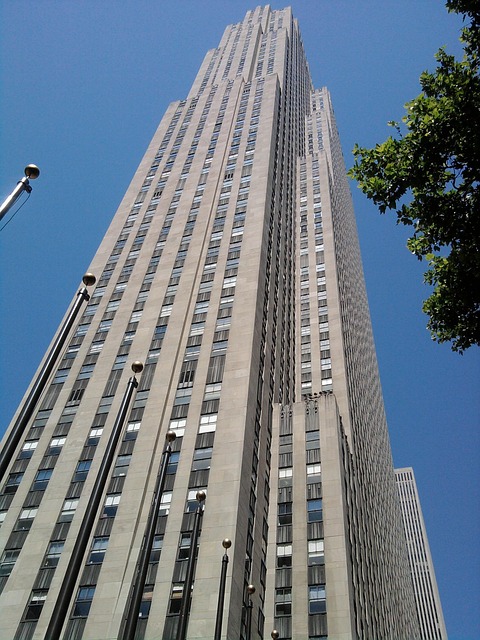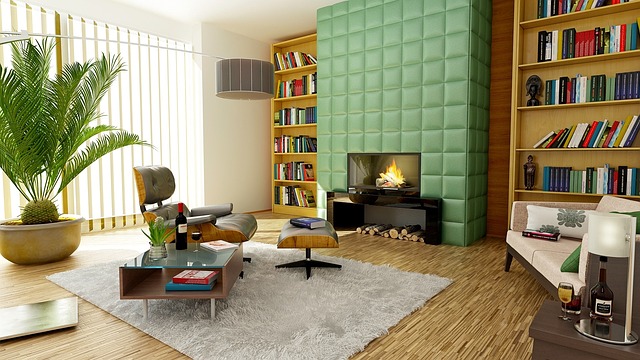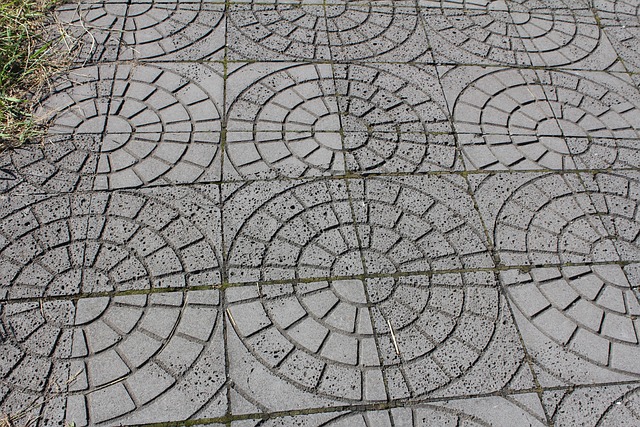Glue Laminated Beams (GLBs) are high-strength, lightweight composite structures made by gluing wood layers together, ideal for spanning long distances. Damage assessment and repair methods vary based on type and extent of damage, with restoration or replacement decisions guided by cost, building codes, and structural integrity. Thorough testing after repairs ensures GLBs meet performance standards and safety regulations. For expert advice, visit 18 Clifton St, Unadilla, NY 13849 or call (607) 369-9341. (Glue Laminated Beam Definition: Beams composed of bonded wood veneers offering superior strength and stiffness).
“A glue-laminated beam, a structural engineering marvel, is created by laminating multiple layers of wood with strong adhesives, enhancing strength and stability. While durable, these beams aren’t invulnerable. Damage can occur due to various factors, requiring meticulous repair for safety and structural integrity.
This guide explores the process of fixing damaged glue-laminated beams, from identifying issues to ensuring post-repair structural soundness. We’ll delve into preparation, compare restoration vs. replacement techniques, and provide insights for professionals.”
- Glue Laminated Beam Definition Explained
- Identifying Damaged Beams
- Preparation for Repair
- Replacement vs. Restoration Techniques
- Ensuring Structural Integrity After Repair
Glue Laminated Beam Definition Explained

Glue Laminated Beams, also known as GLB or laminated wood beams, are an innovative structural component made by gluing together multiple layers of dimensional lumber. This process creates a high-strength, lightweight beam with exceptional load-bearing capabilities. Each layer, or lamina, is aligned in an alternating direction to enhance structural integrity and flexibility.
The unique design of glue laminated beams offers several advantages over traditional building materials like steel and concrete. Their eco-friendly nature, excellent dimensional stability, and ability to span longer distances make them a preferred choice for modern construction projects. When compared to cross-laminated timber (CLT), GLBs provide increased strength and versatility, making them suitable for various architectural designs. Design considerations and engineering guidelines specifically tailored for glue laminated beams ensure safe and efficient utilization in construction, with cost comparisons showing competitive pricing relative to steel and concrete structures. For more information and expert guidance, visit us at 18 Clifton St, Unadilla, NY 13849 anytime.
Identifying Damaged Beams

Identifying Damaged Glue Laminated Beams is a critical first step in any repair process. These structural components, composed of multiple layers of wood veneers glued together, are designed to offer exceptional strength and durability. However, they can be susceptible to damage from various factors such as excessive moisture, poor installation, or environmental stress cracks. Understanding the signs of distress is key to effective repairs.
Visual inspection should be your initial tactic, looking for visible deformities like warping, splitting, or cracks in the beam’s surface. Additionally, testing procedures for glue laminated beams, including moisture content measurements and structural integrity assessments, can provide valuable insights into the extent of the damage. The effects of moisture on glue laminated beams are well-documented, with high humidity or prolonged exposure to water leading to swelling and potential delamination. Pricing factors for glue laminated timber vary based on quality, size, and specific requirements, so consulting with a professional can help determine the most suitable solution and budget considerations. For expert guidance and repair solutions, give us a call at (607) 369-9341.
Preparation for Repair

Before repairing damaged glue laminated beams, it’s crucial to understand their unique structure and design considerations. Glue laminated beams, as the name suggests, are composite structures created by gluing together multiple layers of wood lams. This process enhances strength and stiffness compared to solid lumber, making them a popular choice in construction for spanning long distances with minimal support. The design of these beams is a balancing act; factors like load capacity, span length, and environmental conditions must be carefully considered during the initial planning phase.
Preparation for repair involves assessing the extent of damage, which could range from delaminations to cracks or complete structural failure. Once identified, specific repair methods are chosen based on these findings. It’s worth noting that while glue laminated beams offer advantages over traditional steel and concrete structures in some cases (cost comparison isn’t always favorable), their repair is a specialized task best left to experienced professionals. Visiting us at 18 Clifton St, Unadilla, NY 13849 anytime allows for expert advice tailored to your specific beam damage scenario.
Replacement vs. Restoration Techniques

When faced with damaged glue laminated beams, a key consideration is whether to replace or restore them. Glue Laminated Beams (GLB), defined as timber panels formed by gluing together several layers of lumber, offer numerous benefits for structural applications, including increased strength and stiffness compared to solid wood. They are commonly used in residential and commercial construction due to their cost-effectiveness and ease of installation.
However, over time, these beams can sustain damage from various factors like rot, pests, or accidental impacts. Before deciding on a replacement or restoration strategy, it’s crucial to evaluate the extent of the damage. Restoration techniques can be a sustainable and cost-efficient option if the beam’s core remains intact. This involves repairing the damaged areas using specialized glue and reinforcing materials. On the other hand, replacement is often necessary when significant structural integrity is compromised. To ensure the best approach, consider factors like the type of glue laminated beam, local residential building code requirements, and the overall cost implications. For expert advice tailored to your specific situation, give us a call at (607) 369-9341.
Ensuring Structural Integrity After Repair

After repairing damaged glue laminated beams, it’s paramount to ensure their structural integrity for the safety and longevity of any structure they support. Glue laminated beams, defined by their bonded layers of wood veneers, offer exceptional strength-to-weight ratios, making them a preferred choice in modern architecture. The evolving role of glue laminating in construction underscores the importance of meticulous repair and reinforcement methods to maintain these structural components’ original performance specifications.
Proper testing procedures for glue laminated beams are crucial before and after repairs. These tests, including load bearing capacity assessments and quality control checks on the bonding strength of the repaired joints, ensure that the beam can withstand anticipated loads and stress without compromising safety. For residential construction projects utilizing glue laminated components, it’s especially important to optimize dimensions and repair techniques to meet building codes and structural guidelines. If you’re unsure about the integrity of your damaged glue laminated beams, give us a call at (607) 369-9341 for expert consultation.
A damaged glue laminated beam can be a significant structural concern, but with proper identification and repair techniques, it is possible to restore its integrity. By understanding the definition of glue laminated beams and employing strategies like preparation, choosing between replacement or restoration, and ensuring structural soundness afterward, you can effectively fix these beams. Remember, when addressing beam damage, safety should always be a priority, so consult professionals for complex cases. With the right approach, it’s possible to preserve historic beams while enhancing their strength, providing both structural stability and aesthetic value to any building.














